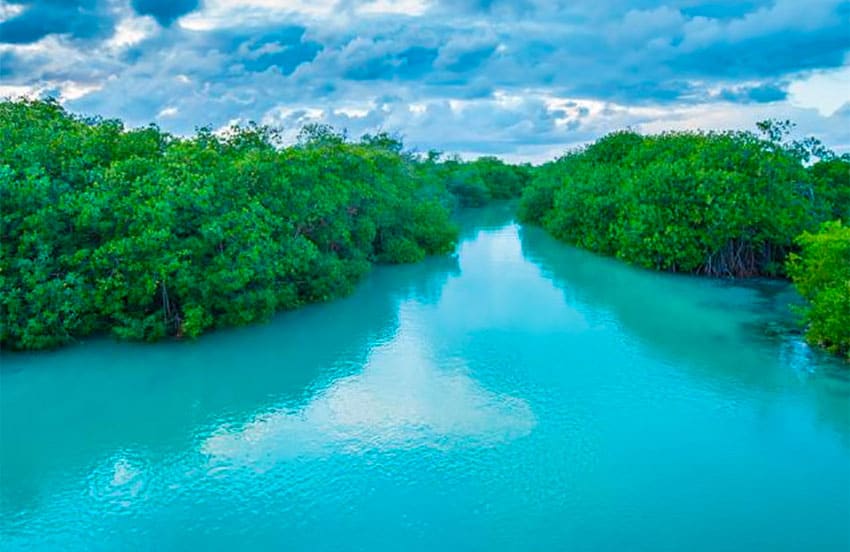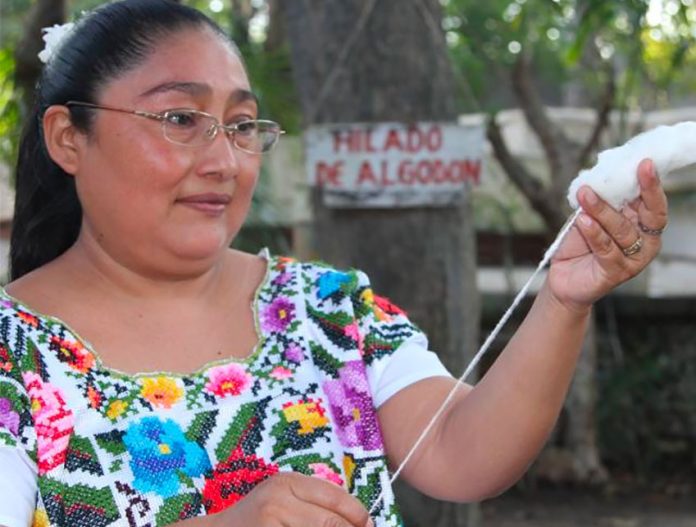An environmentally-friendly tourism initiative in Quintana Roo that seeks to give visitors an authentic cultural experience has attracted more than US $1 million in international funding, giving eight communities across three municipalities a welcome boost.
Quintana Roo Tourism Minister Marisol Vanegas Pérez announced that Maya Ka’an, a region consisting of eight communities in Tulum, Felipe Carrillo Puerto and José María Morelos, will receive $1.4 million from the United Nations Global Environment Facility (GEF) trust fund.
The money will be used to promote Maya Ka’an, provide sustainability training to tourism cooperatives in the eight communities and improve the region’s ecotourism offerings.
The GEF will provide the funds as part of a $7.2-million grant to a sustainable tourism initiative known as Project Kuxatur (“Living Tourism” in Mayan), which will be implemented in Maya Ka’an as well as areas of Oaxaca and Baja California Sur.
“Kuxatur is a unique project … and it’s arriving at a key time as it will allow us to promote the tourism activities of the tourism companies of Maya Ka’an, which have been affected by the health emergency, and at the same time it will contribute to the conservation of biodiversity. … This destination [will become] a model of sustainability both in tourism practices and in the life of the communities,” said Gonzalo Merediz Alonso, executive director of Amigos de Sian Ka’an, an environmental, conservation and sustainable development NGO.

“The cooperatives will be trained in sustainable development with the aim of consolidating Maya Ka’an as a biodiversity-friendly destination through the design and implementation of innovative sustainable tourism policies and models,” he said.
Maya Ka’an was founded as a tourism destination in 2014 to provide more employment opportunities to local residents who might otherwise have to migrate to destinations such as Cancún and Playa del Carmen to find work and to share Mayan culture with visitors.
The tourism initiative “aims to generate local income across the Yucatán Peninsula without the cultural, social, and environmental damage that often accompanies large-scale tourism,” according to Condé Nast Traveler magazine.
The eight communities that comprise the region are Punta Allen, Chemuyil and Punta Herrero in Tulum; Tihosuco, Señor, Chunhuhub and Noh Bec in Felipe Carillo Puerto; and Kantemó in José María Morelos.
Visitors can learn about Mayan traditions and customs in the various communities and participate in a range of recreational activities in a variety of natural settings. Caves, cenotes, beaches, coastal lagoons and colonial buildings are among the attractions in the Maya Ka’an region, considered an emerging destination by the state government.
The destination is described as ideal for visitors who enjoy outdoor activities and seek to interact with ancestral cultures and traditions.
More information about the region is available on the Mexican Caribbean Travel website.
Source: El Economista (sp), Por Esto! (sp)
